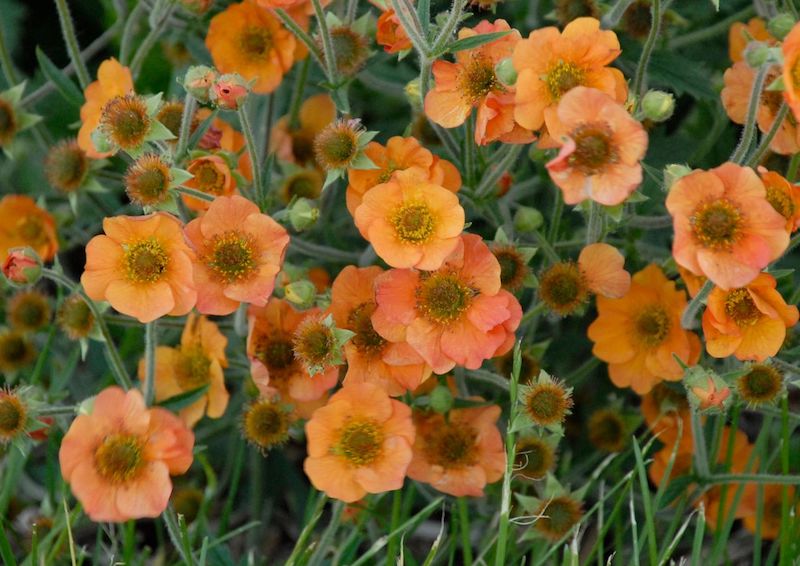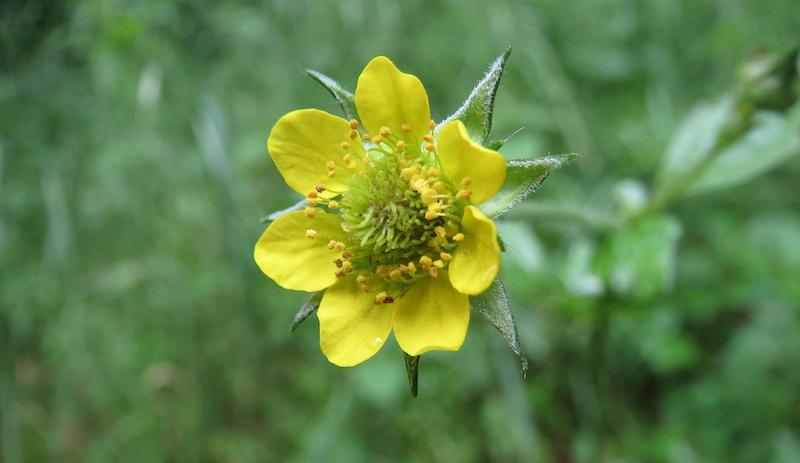Why should you fertilize Avens? Avens, also known as Geum, is not a heavy feeder, but rich soil and a well-timed dose of fertilizer will keep your plants blooming and lush. Some Avens are native to the United States and found in moist woods and meadows, where decaying organic matter provides nutrients to the plants. In our home gardens, we can provide compost or other organic matter to replicate these conditions and support growth.

How to Fertilize Avens
Avens do well in fertile soil with high organic content. The soil should be slightly acidic to neutral, moisture retentive, and well-drained. A balanced, slow-release, granular fertilizer helps Geum get off to a good start. Saturate the soil with water before applying fertilizer. Wet roots can better absorb the fertilizer, and wet conditions reduce the risk of fertilizer burn.
Best Time To Fertilize Avens
Feed Avens in the early spring after there is no longer a threat of frost. Some cultivars of Avens bloom in the spring, while most bloom during the summer, so feeding the plant early helps it push out new growth and flowers. One feeding is enough to support Avens throughout the growing season.
Potted Avens plants can be fed monthly since plants in containers require more frequent watering. Over time, the plant uses up the available nutrients or they are leached from the soil during watering sessions.

Best Fertilizer For Avens
Use a slow-release granular fertilizer for Avens. The fertilizer should be balanced and have an NPK ratio of 10-10-10 or 20-20-20. Slow-release fertilizers continue to support healthy growth throughout the growing season, so one application will sustain Avens throughout the spring and summer.
Avens Fertilizing Tips
- Mix organic compost or manure into the soil when planting
- Top-dress the soil with organic compost during the spring
- Water the plant and apply a balanced, slow-release granular fertilizer during the spring
Warnings
-Always wear protective gloves and a face mask when handling chemical fertilizers.
-Closely follow all directions and storage guidelines that are on the fertilizer label.
 |
Author Alison Cotsonas - Published 23-08-2022 |
